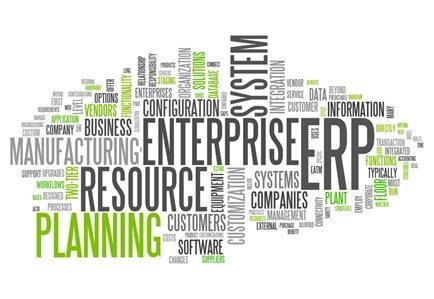Enterprise resource planning is a critical component of general business management, and one that has been made more efficient and accurate through the use of modern technologies, but many organizations have struggled to get the backend aspects of these deployments right. As is the case with virtually any system or software, integration is key to ensuring the highest possible returns on investment over time, and this includes configuration and other implementation processes.
Several types of problems will arise when integration is not completed correctly, including a higher risk of disruption and outages, poor functionality during uptime, vulnerabilities that could lead to intrusions and an inability to realize the returns on investment expected. While this is consistently the case for virtually all types of deployments, ERP integration has proven to be a lesser spoken-about, but highly common source of issues for firms.
This is why leveraging ERP integration services and solutions from a qualified vendor is critical, as it will provide the adopting firm with the ability to unify databases and centralize various core applications. Businesses can leverage modern solutions that actually extend the functionality of the ERP system by leveraging content and workflow to enable the tools, boosting the speed and efficiency of document indexing, viewing, initiating and more.
Australia's struggles
ITWire recently reported that while many Australian firms are already using an ERP system, the majority are not realizing the full range of benefits and functionality that ought to accompany the investments, and integration might be the real crux of the matter. Citing research conducted by Telsyte and funded by a software vendor, the source pointed out that nine out of every 10 businesses in the Land Down Under are using ERP, and two-thirds of leaders are certain that they have not started to use even half of the potential functions therein.
Perhaps not all that surprisingly, ITWire affirmed that the main obstacles standing in the way of optimal use and functionality are undesirable user interfaces, a lack of alignment between the systems and core business process, overly convoluted management demands and substandard integration. This further proves that organizations must focus on ERP integration and the identification of intuitive, effective user interfaces should they hope to realize the full range of benefits that should be yielded by these investments.
Unfortunately, the study seemed to infer that chief information officers might not yet be getting the point, which was implied by the types of aspects they cited as being critical to achieving optimal outcomes.
"Interestingly, system integration skills and lessons from previous projects are not rated highly by CIOs," Rodney Gedda, Telsyte's senior analyst, explained, according to ITWire. "This indicates ERP modernization programs require new ways of thinking and skill sets to boost business outcomes. Factors like how staff use popular public cloud applications, the level of workforce mobility, the suitability of a third-party service provider, and how the organization deals with change are critical to achieving a better result with ERP."
Lessons for US firms
Although this study only looked at Australia, chances are many of the same problems and setbacks are being experienced among businesses from other nations as well, including the United States. To avoid poor functionality, lackluster ROI and disruption, leaders should remember the importance of not only finding the right ERP system for their specific purposes, but the critical nature of getting integration right through a professional service provider.
At the end of the day, ERP integration that comes with intuitive user interfaces can be a boon to many projects and broader operational management in the long run.






